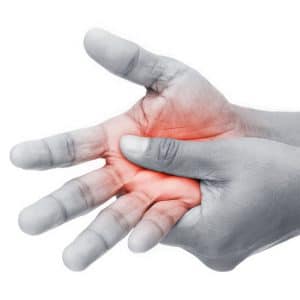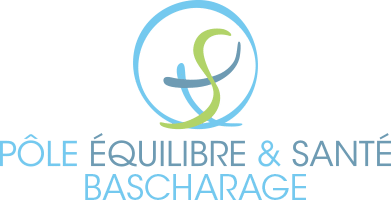Bascharage Hand Rehabilitation

Hand rehabilitation is a speciality in its own right, and follows precise rules with the aim of achieving the fullest possible functional recovery of the hand.
The physiotherapist’s objectives during rehabilitation are as follows:
- Improve the healing process to prevent and avoid skin complications.
- Promote edema resorption, avoiding secondary scarring complications.
- Mobilize joints early and safely, respecting the surgeon’s instructions, healing times, splints, dressings, etc.
- Re-working the hand in its daily functions and adapting movements to any residual deficits that may persist.
- Stimulate hand sensitivity to recover fine sensitivity, proprioceptive sensitivity and tactile discrimination
- Maintain supple joint and myotendinous structures.
To carry out this rehabilitation, the physiotherapist has a multitude of specific rehabilitation accessories at his disposal (eggs, rehabilitation balls, elastic sheets, finger dynamometers, etc.).
The sometimes serious and permanent functional consequences of hand trauma (pain, stiffness, deformity, adhesions, etc.) can largely be avoided by multi-disciplinary management (doctor, surgeon, physiotherapist, occupational therapist, orthotist). However, there must be good communication between all those involved in rehabilitation. Communication between the rehabilitator and the surgeon is essential.
The following is a non-exhaustive list of pathologies that may require physical therapy treatment of the hand:
- Grip problems
- Hand weakness
- Loss of sensitivity
- Fracture or sprain of wrist or fingers, operated or not
- Amputation of finger(s)
- Luxation
- Dupuytren’s disease (operated or not)
- Suture operation on an extensor or flexor tendon of the hand
- Pulley suture operation
- Neurological hands :
- Stroke sequelae
- Hemiplegia, tetraplegia
- Parkinson
How does a hand physiotherapy session work?
Depending on the pathology and the stage of rehabilitation, certain points will be different, but as a general rule, the session will always be made up of the same steps.
First and foremost, bandages, splints and other accessories must always be removed (unless specifically requested by the surgeon for some reason). hand physiotherapist will take care of putting everything back in place at the end of the session and, if possible, explain how to do it yourself. To be able to assess and handle the affected area accurately, it’s better to have it exposed rather than wrapped in layers of dressings. Immediately after an operation, even if the scar has not yet closed, rehabilitation must begin. The physiotherapist will work with gloves. First, he will mobilize the fingers and wrists, respecting the patient’s pain and the resistance of the bruised tissues. Early mobilization promotes intrinsic tissue healing (good healing), and limits and softens extrinsic healing (poor healing, leading to adhesions). Mobilization will initially be passive, i.e. the physiotherapist will move the hand. As rehabilitation progresses, mobilization becomes increasingly active and self-managed.
Then, if the hand is swollen, the physiotherapist can perform hand drainage and apply cryotherapy to try to deflate the area. At first, this swelling is perfectly normal, but it’s still something to keep an eye on. Indeed, it’s not uncommon for a patient to develop algoneurodystrophy after a hand trauma.
For all operations, once the wound is closed, the physiotherapist can work on the scar using various scar massage techniques and LPG endermology equipment.
Once the doctor has given the go-ahead, the hard work can begin. At first, it will be more analytical, against the manual resistance applied by the physiotherapist. Then, with small equipment. Over time, the reinforcement will become increasingly functional. We’ll try to get closer to everyday gestures so that the hand can fulfill its role in everyday activities.
When the hand has lost sensitivity, the physiotherapist will also work on the sensory aspect of the hand through discrimination exercises. He will work with the patient on his ability to recognize materials, the shapes of objects and the position of the hand in space.
During rehabilitation, the patient will be given exercises to do at home for self-education. This home-based work is an essential part of rehabilitation. The more compliant the patient, the more he or she respects the orthoses and exercises, the faster and better the recovery.

